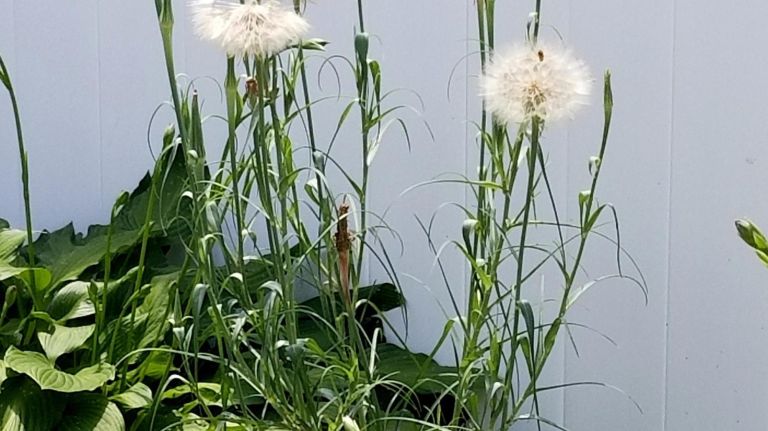This summer when you’re zooming down a highway or meandering along a country road, keep your eyes open for a flash of orange or a patch of purple.
You might be driving past one of our state’s iconic summertime wildflowers.
Butterfly weed, ironweed, Joe Pye weed and monarda are among the native plants that grow — even thrive — in the neglected and challenging environments along freeways and back roads.
Exhaust from vehicles, roadside trash, competition from non-native weeds and occasional mowing don’t faze these stalwarts of the Ohio countryside.
Whether you’re a gardener with a green thumb or one that’s brown through and through, at least one or two of these low-maintenance beauties deserve a home in your own landscape. You won’t need to coddle them; that’s for sure.
Although their growing needs differ, all are deer-resistant and attract bees, butterflies and beneficial insects. They also face few problems with pests or diseases.
ch hed: Monarch magnet
With its bright-orange flowers, butterfly weed is hard to miss, even at 65 mph.
Although many species of butterfly enjoy its nectar, monarchs use it as a host plant for their caterpillars — a crucial stage in their life cycle. (Butterfly weed is closely related to milkweed, another monarch host.)
Butterfly weed, which usually grows about 2 feet tall, requires full sun and well-drained soil.
You’ll find it in dry fields and on hillsides and roadsides, according to Wildflowers of Ohio by Robert L. Henn.
Purple majesty
“Its purple flowers are quite an eyecatcher and, despite having ‘weed’ in its name, ironweed’s late blooms in summer to fall and brilliant color make it an attractive native wildflower for many gardeners,” according to Buckeye Yard & Garden online (https://bygl.osu.edu).
Indeed, its royal-purple flowers seem to glow atop the 6-foot (or taller) stalks.
Whether the name refers to the tough stems or to the plant’s overall constitution, ironweed grows almost anywhere but prefers full sun and moist fields and meadows.
Hummingbird heaven
Monarda — also called bee balm, bergamot and Oswego tea — reaches about 2 or 3 feet tall and features leaves with a spicy, minty fragrance.
The shaggy lavender flowers lure hummingbirds as well as nectar-seeking insects.
Cultivar varieties in hues from white to pink to purple to red are widely available; Gardenview Scarlet, Raspberry Wine and Violet Queen are among those suggested by Mt. Cuba Center, a botanical garden in Hockessin, Delaware.
Monarda doesn’t mind wet soil or afternoon shade and can spread, so don’t hesitate to start pulling if it threatens to take over your garden.
Giant Joe
“Many people perceive Joe Pye weed to be nothing more than a roadside weed and have never seriously considered its outstanding ornamental attributes,” according to the Missouri Botanical Garden’s online Plant Finder.
But with its clusters of mauve to light-pink flowers atop 7-foot stems, it can function as the crowning glory of a summer landscape.
Joe Pye weed fares best in moist soil and full to partial sun.
Credit: www.dispatch.com



